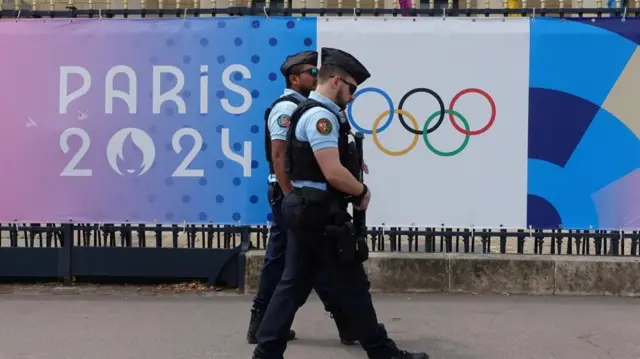Introduction:
A social media storm erupted when rumors circulated that the First Lady had been spotted driving a Bugatti Veyron, sparking widespread speculation and debate. The incident underscores the impact of misinformation in the digital age and the challenges of verifying claims in the era of viral content.
Key Points:
- Reports of the First Lady driving a Bugatti Veyron went viral on social media platforms, triggering a wave of speculation and controversy.
- The incident highlights the prevalence of fake news and the need for critical thinking and fact-checking in consuming and sharing information online.
Insights:
- The Bugatti Brouhaha underscores the power of social media to amplify misinformation and its potential to shape public perception and discourse.
- Fact-checking and responsible journalism play a crucial role in dispelling false information and promoting accuracy in digital communication.
Content Details:
The “Bugatti Brouhaha” began when photos allegedly showing the First Lady driving a luxurious Bugatti Veyron circulated on social media platforms, sparking a frenzy of speculation and misinformation. The viral posts quickly gained traction, with users sharing and commenting on the purported sighting, leading to widespread debate and controversy.
However, subsequent investigations and fact-checking revealed that the photos were manipulated or taken out of context, casting doubt on the authenticity of the claims. Experts and media outlets cautioned against the spread of fake news, emphasizing the importance of verifying sources and corroborating information before drawing conclusions.
The incident underscores broader concerns about the influence of social media in shaping public opinion and the challenges of distinguishing fact from fiction in an interconnected digital landscape. The rapid dissemination of unverified claims highlights the need for critical thinking and responsible digital citizenship to combat misinformation and promote informed discourse.
Analysts’ Perspectives:
- Media analysts and communication experts view the Bugatti Brouhaha as a case study in the propagation of fake news and its impact on public perception and trust in digital media.
- The incident prompts reflections on ethical journalism practices, digital literacy initiatives, and regulatory measures to mitigate the spread of misinformation online.
Future Outlook:
- Moving forward, the Bugatti Brouhaha serves as a reminder of the ongoing battle against fake news and the importance of media literacy, transparency, and accountability in digital communication.
- Efforts to combat misinformation require collaborative efforts from technology platforms, media organizations, and civil society to safeguard the integrity of public discourse and democratic values.
Conclusion:
The “Bugatti Brouhaha” surrounding rumors of the First Lady’s ride in a luxury car illustrates the pervasive impact of fake news in today’s digital age. As social media continues to shape public discourse, the incident underscores the imperative of critical thinking, fact-checking, and responsible information sharing to uphold the integrity of information and promote informed decision-making.
FAQs:
- Q: What sparked the Bugatti Brouhaha involving the First Lady? A: Rumors and manipulated photos circulating on social media purportedly showing the First Lady driving a Bugatti Veyron sparked the controversy.
- Q: How did the media respond to the fake news frenzy? A: Media outlets and fact-checking organizations conducted investigations to verify the authenticity of the claims and dispel misinformation surrounding the incident.
External Sources:
For ongoing updates and insights on combating fake news and promoting media literacy, refer to reputable fact-checking organizations and digital media ethics resources actively addressing misinformation in the digital age.



